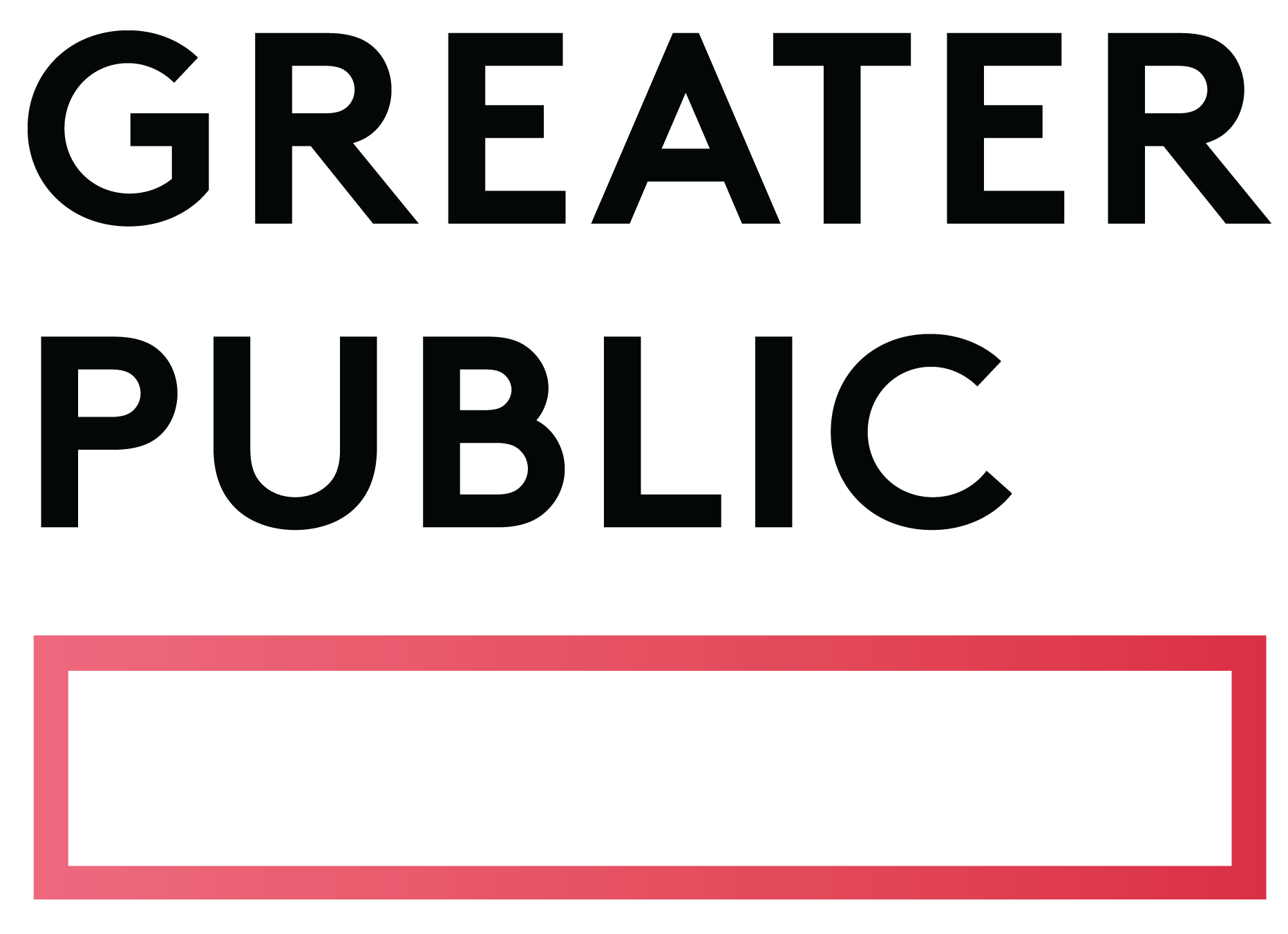Related Articles
Subscribe to the Greater Public newsletter to stay updated.
This site is protected by reCAPTCHA and the Google Privacy Policy and Terms of Service apply.
An important part of selling underwriting is uncovering as much relevant information about your prospects and clients as possible. A customer needs analysis (CNA) can reveal what you need to know to be able to help your prospect or client reach their marketing goals.
The following questions should be part of your CNA, and, though they are basic, they’re important. Even if you have the answer to some of the questions (taken from the prospect’s website or other sources), ask them anyway. You’ll want to hear the answers directly from the prospect or client to confirm, correct, or update what you may have found elsewhere.
Some clients know very little about marketing, promoting and advertising their own business. Anecdotally, I’ve found that educated businesspeople buy more underwriting than uneducated business people. When I understand exactly what they don’t know, I can work on specific ways to educate them about public media underwriting and get them on board as an underwriter.
Once you have your prospect’s answers, it should be all the information you need to put together a campaign and a realistic budget. Here are the questions to include in the course of a normal conversation with your prospect.
It could be that your prospect still uses the newspaper, direct mail or other media. It’ll help you to know precisely how and where the prospect is spending – or not spending – on advertising, promotion and marketing.
Your prospect might say that her family has always used the newspaper; they’re familiar with it, and they create their own ads. Unless your prospect has a substantial advertising budget, they likely are not getting the frequency of their message compared to having an on-air campaign.
It’s not unusual to hear your prospect say, “We’re trying to reach everybody.” As media sellers know, there’s no advertising campaign that can reach everybody. Have them give you a profile of their current customers and another one for the type of people they want to reach. You may have to be a bit persistent to get that information but it’s all for the benefit of your underwriting prospect.
Ask this question and it’ll give your prospect the opportunity to talk about what they believe their customers perceive about them. It also gives them the opportunity to talk about their challenges, such as how a new competitor might be affecting their business.
This is your prospect’s “wish list” question, and you can get a lot of information from it. Your prospect might say something like, “We’ve been here for four generations. We know the kitchen remodeling business. Our employees are knowledgeable and can match up the type of kitchen designs and products that best suit our customers’ needs. The people who work at the big-box store don’t understand what they’re selling.” Questions 4 and 5 can provide you with a lot of ideas for their underwriting copy and long-term campaigns.
This is a question you should definitely be asking. Remind prospects that a lot of people visit your station’s website. In fact, you may have significantly more website visitors than your prospect’s site does. Well-placed ads on your site can generate meaningful traffic for your prospect. When you have a good understanding of your website’s analytics, you can position yourself as an expert to your prospect, showing her how she might substantially increase the number of people visiting her site leading to increased business. Selling a prospect on website results can be a way to selling more on-air underwriting.
Total all of your prospect’s sales from an average day and divide by the number of paying customers. So, if the prospect sells an average of $10,000 per day, and has an average of 100 customers a day, his average sale is $100 per customer. This, along with the prospect’s current spending on advertising, can be helpful points of reference as you’re establishing an underwriting budget and setting expectations about the results of the underwriting campaign.
The gross profit is what’s left after the cost of the prospect’s products. It’s usually the amount available to reinvest back into the business. If the prospect has a 50% gross margin of profit, then his $10,000 in sales nets him $5,000 gross profit.
If you know the percentage of sales that the prospect uses for advertising in other media (as an example we’ll use 10%), then you can recommend that he allocate $500 ($5,000 gross / 10%) per day in your underwriting campaign.
If the prospect has a lower margin compared with competitors, use this as a point of information and discussion with your prospect.
This question might help you discover other budget sources from the same prospect. For example, a golf course might want to advertise for new members. By asking, “How else do you make money?” you might also find that they do weddings in their banquet facilities.
Try these questions the next time you meet with a local prospect, or pick and choose questions from this list to add to your current CNA. The more you know about your prospects and clients the better you can make recommendations to help them reach their goals.

This site is protected by reCAPTCHA and the Google Privacy Policy and Terms of Service apply.
New to Greater Public? Create an account.
